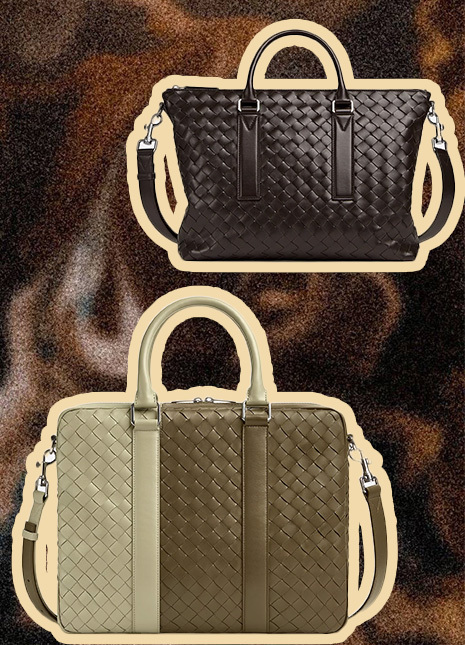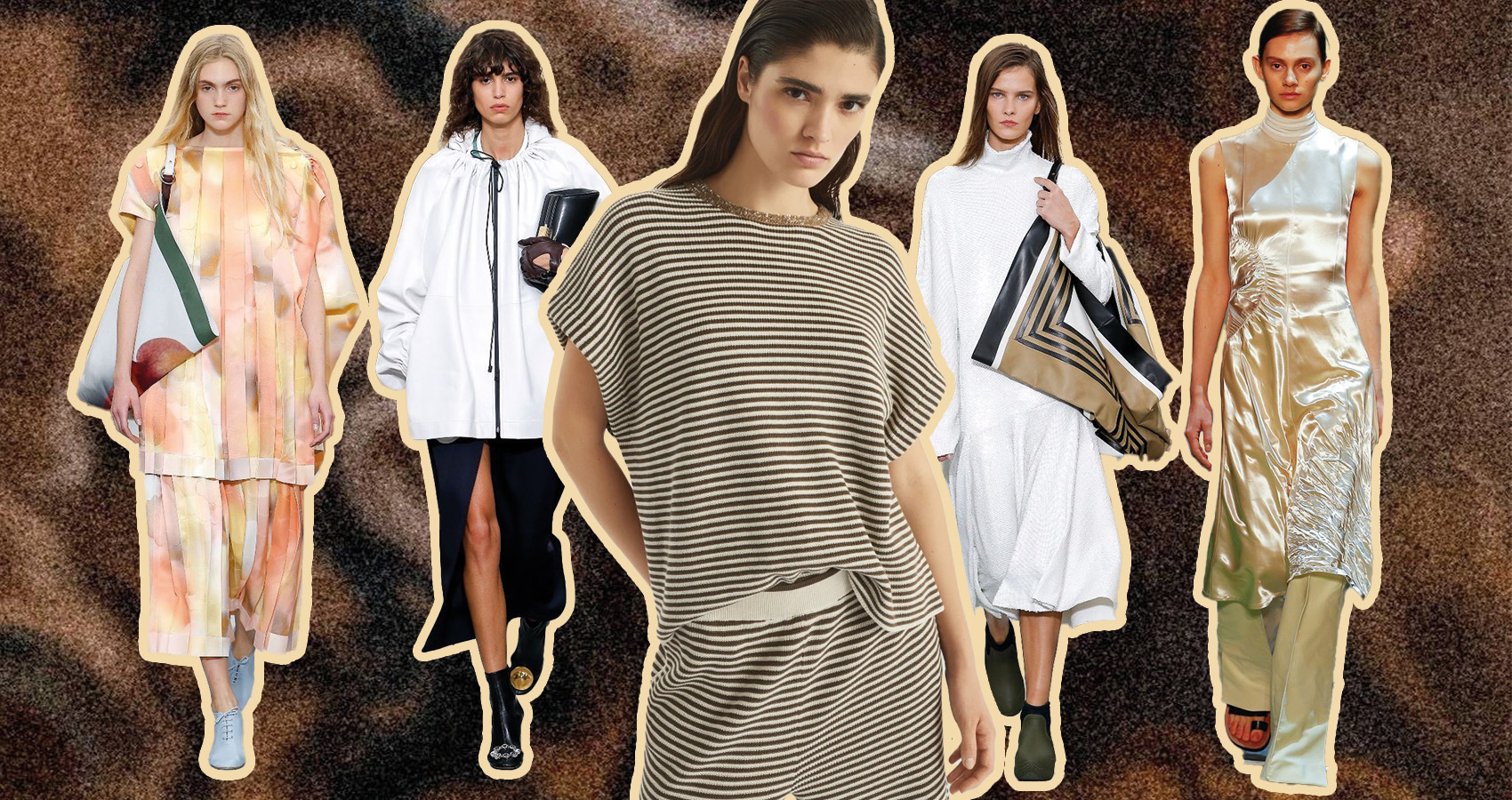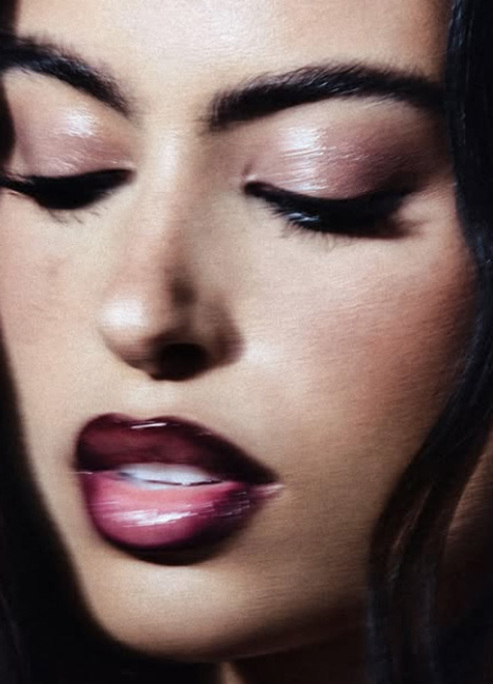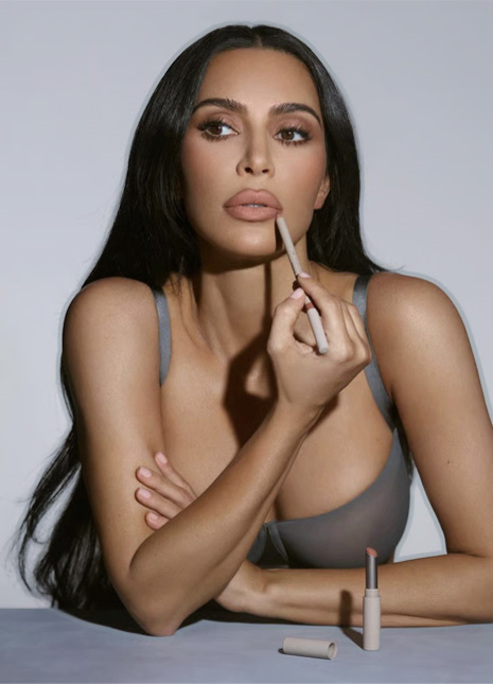Luxurious Realism
What, when and why.
Luxurious realism is an aesthetic movement that merges refined opulence with practical, understated design. It values high-quality materials, precise craftsmanship, and timeless elegance while maintaining a sense of authenticity and usability. Unlike maximalism, which thrives on excess, or minimalism, which strips away detail, luxurious realism finds a balance—offering sophistication without pretension.
This approach is particularly evident in fashion, interior design, and architecture, where the focus shifts from overt displays of wealth to subtle refinement. Luxurious realism does not prioritize trends but instead embraces longevity, craftsmanship, and materials that improve with time.
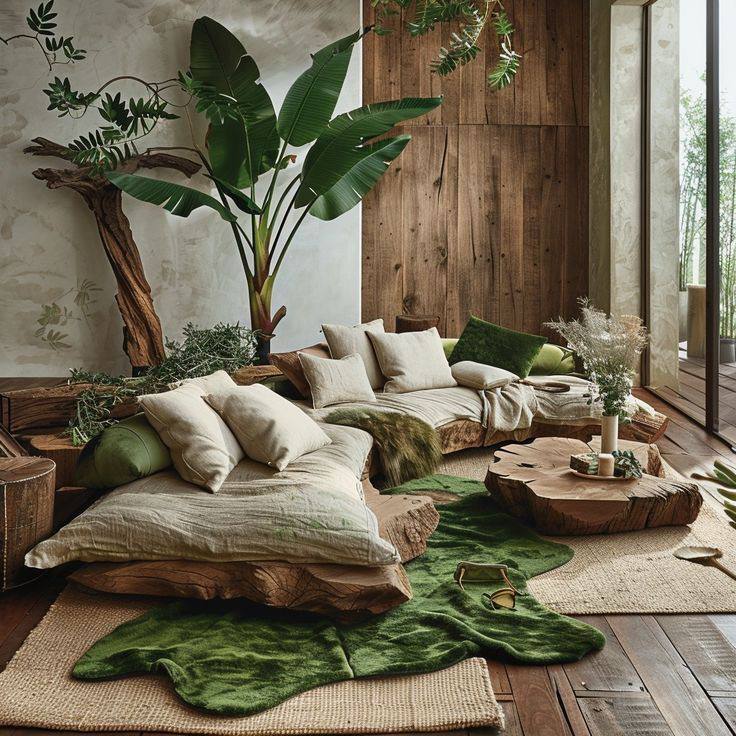
Origins
Luxurious realism emerged as a response to the shifting socio-economic and cultural landscape of the late 20th and early 21st centuries. The financial crises of 2008 and 2020 played a major role in reshaping consumer behavior. Buyers moved away from status-driven luxury and focused on high-value investments in fashion, design, and lifestyle. Instead of accumulating items with obvious logos and branding, they sought products that offered long-term durability, impeccable craftsmanship, and understated elegance.
The rise of social media and digital culture also contributed to its development. Consumers became more aware of design and quality, leading to a demand for aesthetics that felt both aspirational and grounded in real life. The rejection of mass consumerism and fast fashion encouraged the appreciation of materials like cashmere, wool, silk, natural stone, and wood—substances that age gracefully and gain character over time.
Several designers and luxury houses define the luxurious realism aesthetic, merging craftsmanship with modern functionality.
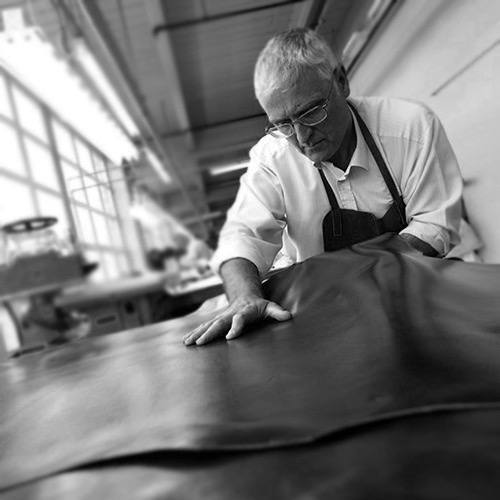
Prerequisites
The formation of luxurious realism as a dominant aesthetic was influenced by several key factors that reshaped consumer behavior, design philosophy, and the perception of luxury itself.
One of the most significant drivers was the economic shift following the 2008 financial crisis. As financial instability forced consumers to reconsider their spending habits, there was a growing preference for investment pieces over disposable luxury. People moved away from fast fashion and trend-driven purchases, opting instead for well-made, timeless items that offered long-term value. This shift reinforced the idea that true luxury lies in quality and craftsmanship rather than in excess or status symbols.
At the same time, there was a notable decline in logomania, which had dominated the early 2000s. During that era, brands relied heavily on bold logos and monograms to signify wealth and exclusivity. However, as consumers became more discerning, many rejected overt branding in favor of subtle, sophisticated design. The appeal of luxurious realism lay in its quiet refinement—luxury that spoke through material excellence rather than flashy insignias.
Sustainability and ethical consumption also played a crucial role in shaping this aesthetic. Growing awareness of environmental issues and unethical labor practices pushed consumers to demand greater transparency and responsibility from luxury brands. Many companies aligned with these values by focusing on sustainable sourcing, fair labor practices, and high-quality materials designed to last for years rather than seasons. This focus on longevity and ethical production resonated with the principles of luxurious realism, reinforcing its preference for thoughtful, intentional consumption.
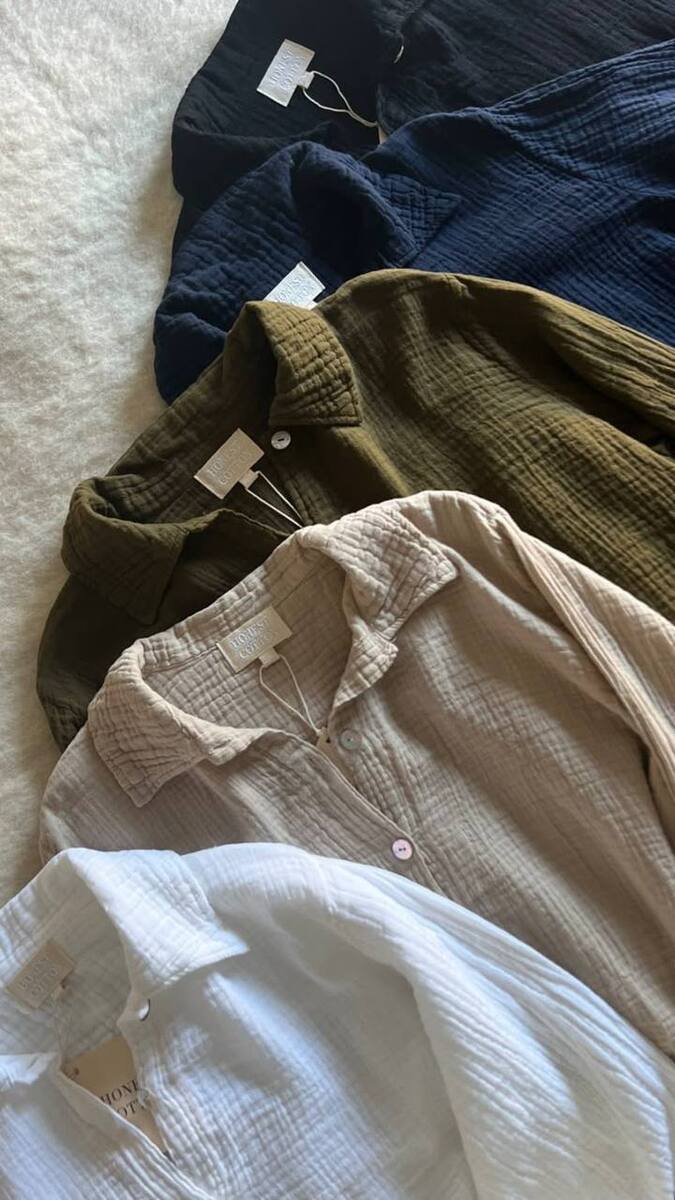
Technological advancements in materials further facilitated the movement. Innovations in fabric and textile production enabled the creation of luxurious textures that were not only visually appealing but also practical, durable, and comfortable. This allowed designers to achieve a seamless blend of opulence and functionality, making high-end fashion and interiors more adaptable to everyday life without compromising on elegance. But let's not take any more time and look at the main examples.
Phoebe Philo
Philo’s work at Céline between 2008 and 2018 is often considered the gold standard of luxurious realism. She designed pieces that were both sophisticated and practical, creating a wardrobe for modern, professional women. Her designs featured structured coats, fluid trousers, oversized cashmere sweaters, and sleek leather accessories. Her new label, Philo, continues this legacy, emphasizing refined, minimalist luxury. Just look at their minimalistic Tote Bags which are made from high-quality leather. They lack flashy logos, reinforcing the idea that true luxury doesn’t need to announce itself.
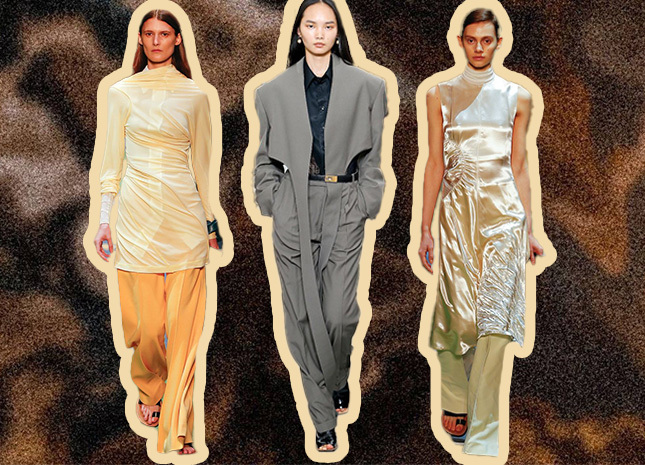
The Row
The Row was founded by Mary-Kate and Ashley Olsen in 2006 and became a prime example of luxurious realism in contemporary fashion. The brand focuses on impeccable tailoring, neutral palettes, and the finest materials, such as double-faced wool, buttery leather, and Japanese silk. The Row’s Gabrielle Coat is not only one great example of such fashion masterpiece but also a perfectly tailored, double-faced wool coat with clean lines and an impeccable fit.
Brunello Cucinelli
Brunello Cucinelli is known for his commitment to craftsmanship and ethical production, Cucinelli creates timeless, high-quality garments. His signature aesthetic combines soft tailoring with luxurious cashmere and neutral, earthy tones. The brand embodies effortless elegance with relaxed, sophisticated silhouettes.
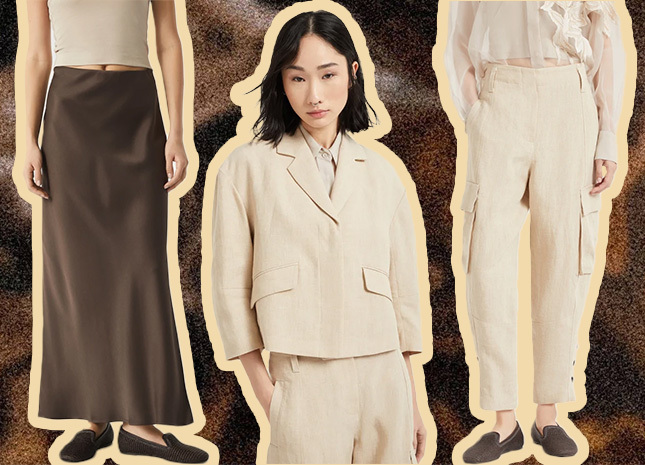
Bottega Veneta
Bottega Veneta’s identity has always been rooted in "stealth wealth"—luxury without loud branding. The brand is renowned for its woven leather intrecciato bags, minimalist leather goods, and elegant, well-constructed garments that highlight material over logos.
